Home Futures Highlights
New York-based architects SO-IL have created an immersive environment that will feature experiential areas, such as a garden which invites visitors to rest and interact. You can find more highlights from the exhibition below.
A functioning model of the ultra-modern, machine-like house that works against its inhabitants – Villa Arpel from Jacques Tati’s 1950s satirical film, Mon Oncle.
An original 1963 Mini Kitchen and an original model of Total Furnishing Unit by Joe Colombo, the compressed inhabitable unit from 1972 where you could live in just 28 square metres.
Original furniture from the Smithsons’ fully-mechanised House of the Future from 1956’s Ideal Home Show at Kensington Olympia, accompanied by a scale model and original archival material.
A major new commission by the Design Museum titled A Family of Objects by Belgian design studio OpenStructures. A collection of open-source, modular furniture produced in collaboration with four industrial producers, including furniture prototypes and hacks.
Works by leading artists who took the home as a space of experimentation – Heath Robinson, Richard Hamilton, Linder, Martin Craig-Martin, Andrea Zittel, and Absalon.
Original sketches, films and photographs outlining past futuristic visions of what today's home could have been. From the Smithsons’ automated House of the Future, to Hans Hollein’s Mobile Office and original works by Superstudio and Ettore Sottsass proposing more nomadic ways of life, to smart devices and more.
An interactive installation by Swiss designer Dimitri Bähler that looks at the relationship between man and machine.
Key furniture designs and installations dating back to the 1970s to the present will be made interactive for this exhibition.
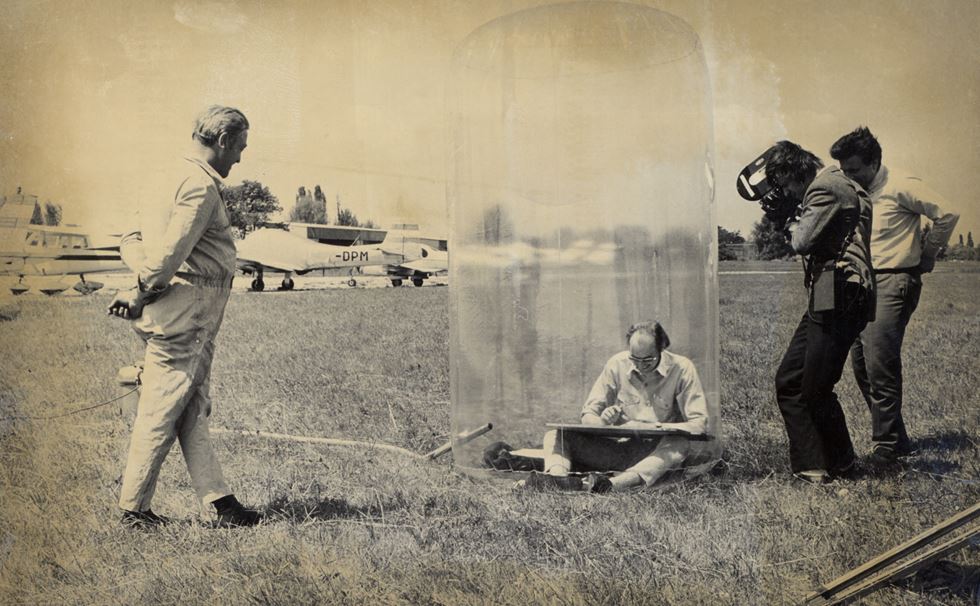
A proposal for an inflatable, portable office
In 1969, years before laptops allowed for work on the go, Hans Hollein proposed a mobile office in the form of a transparent bubble for a nomadic lifestyle. It forecasted the conditions of work and life in an automated, networked world. Credit | Just Landed. Hans Hollein in his ‘Mobile Office’, 1969. Courtesy of Private Archive Hollein.
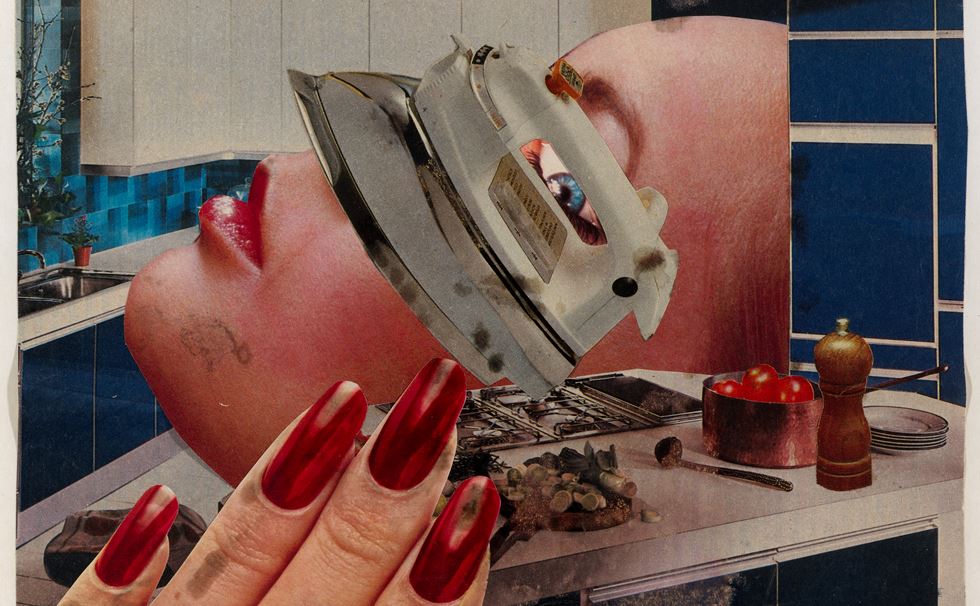
A collage questioning the gendering of technology
Linder fuses sexualised images of the female body with domestic appliances such as irons, toasters and mixers, offering a feminist critique of domestic labour and technology. Credit | Linder, Untitled, 1977. Courtesy of the artist and Stuart Shave/Modern Art, London.
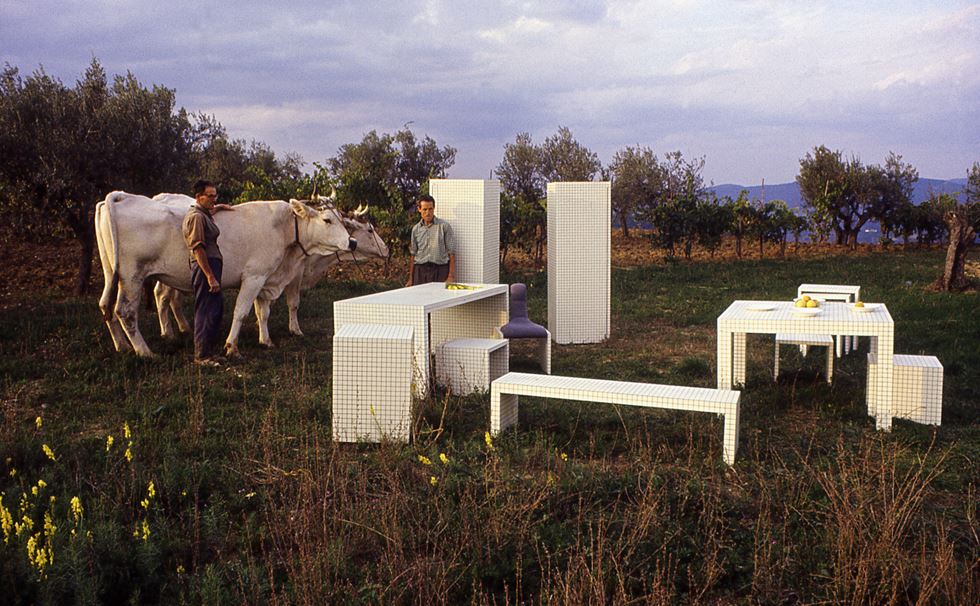
Furniture that opposed consumerism
A series of furniture designs by the Florentine avant-garde architectural group Superstudio used simple geometric forms and a black and white grid design in a reaction against the market’s unending demand for new consumer products. Credit | Superstudio, La Serie Misura (The Measurement Series), courtesy of Superstudio / Cristiano Toraldo di Francia.
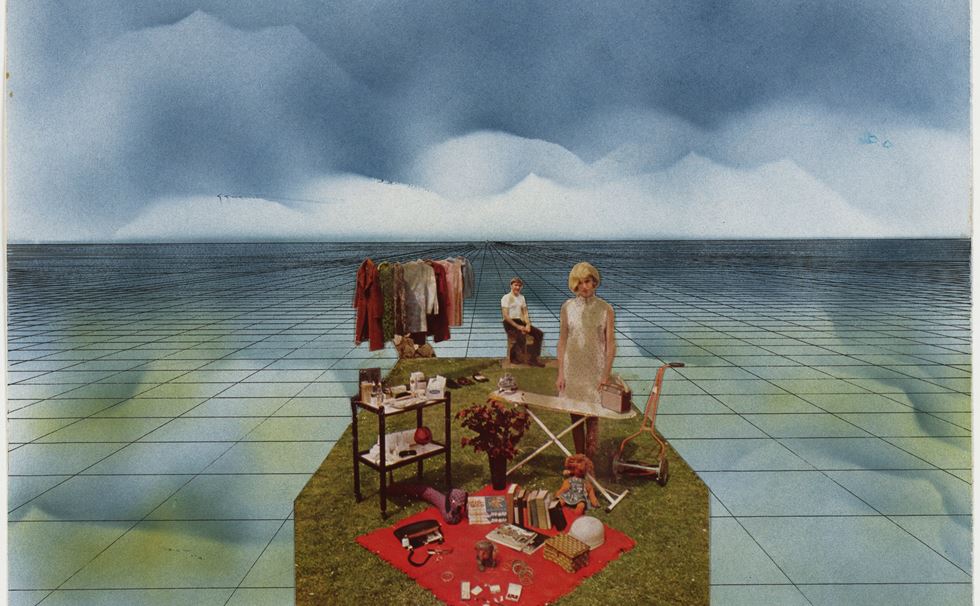
A universal grid that would allow all humans to live a nomadic life
Supersurface was a speculative proposal for a universal grid that would allow people to live without objects or the need to work, in a state of permanent nomadism. Credit | Superstudio, Supersurface: The Happy Island, 1971. Image: The Museum of Modern Art, New York/Scala, Florence.
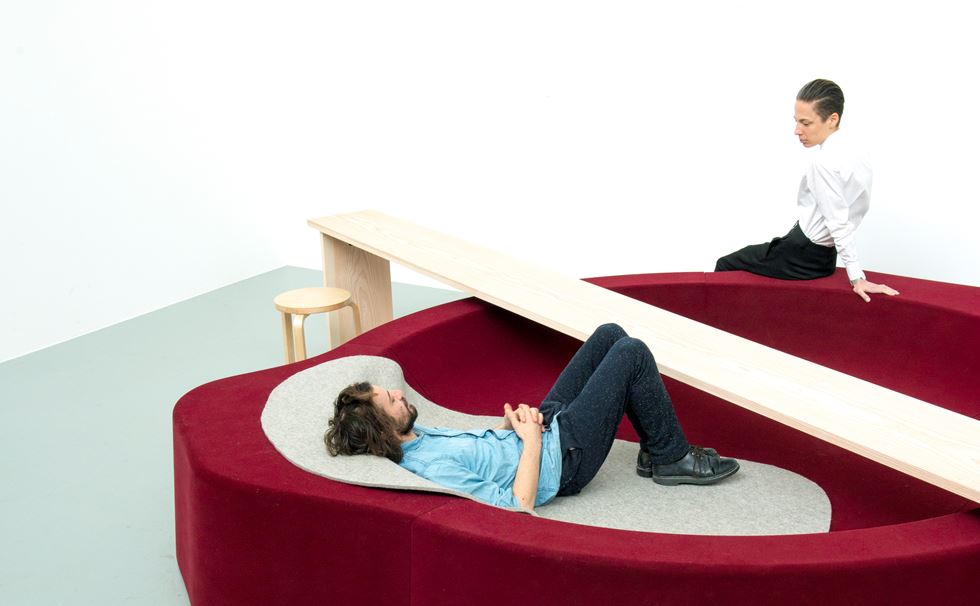
Lake Sofa
A giant lake-shaped sofa. Credit | Studio Bouroullec.
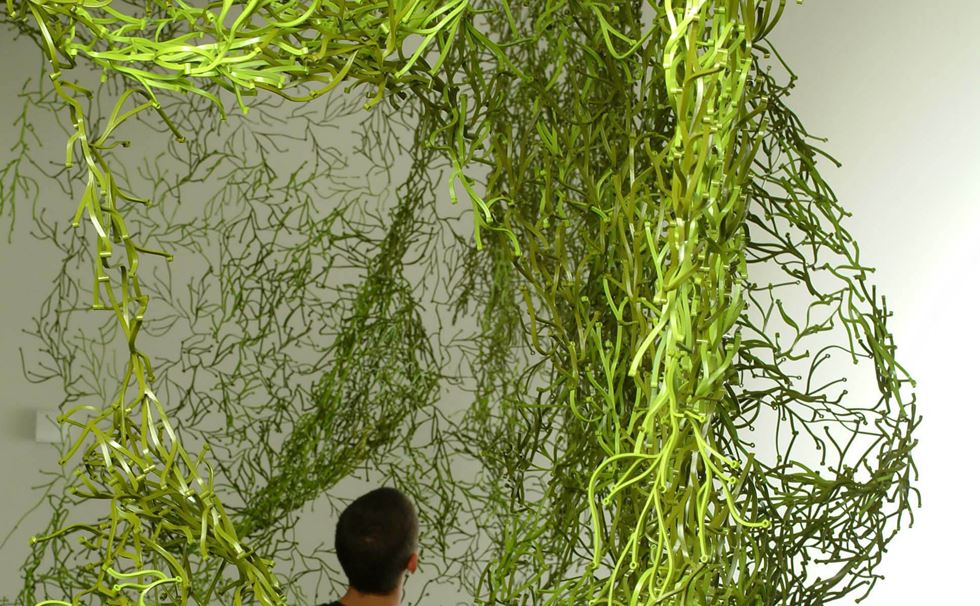
Algues
Seaweed-like parts re-introduce organic forms to urban living. Credit | Paul Tahon & Studio Bouroullec.

Clouds
Modular clouds can be combined to form wall decorations or room screens. Credit | Paul Tahon & Studio Bouroullec.
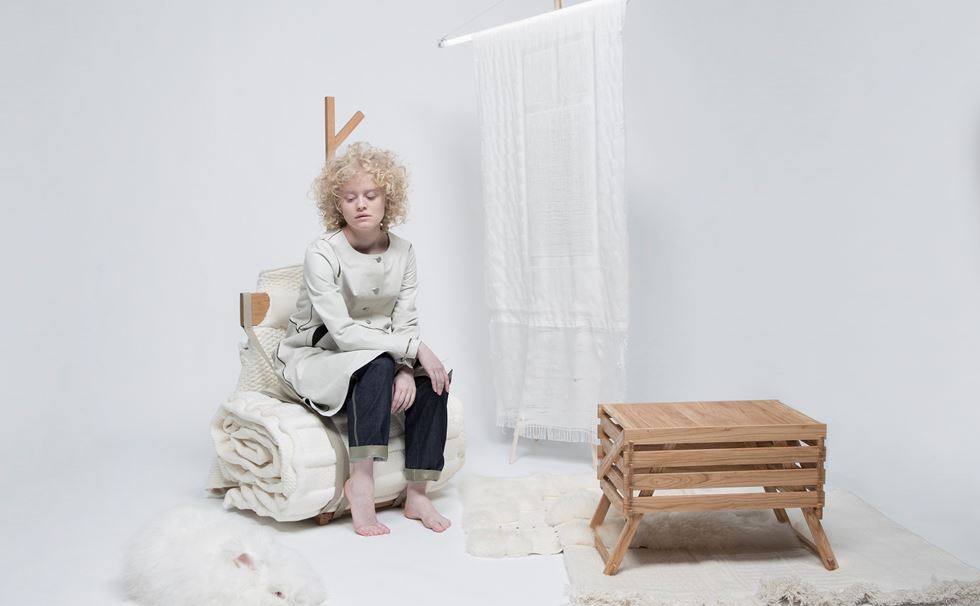
Makkink & Bey, Nomadic Living
Furniture for a nomadic future. Credit | Courtesy of Studio Makkink & Bey.
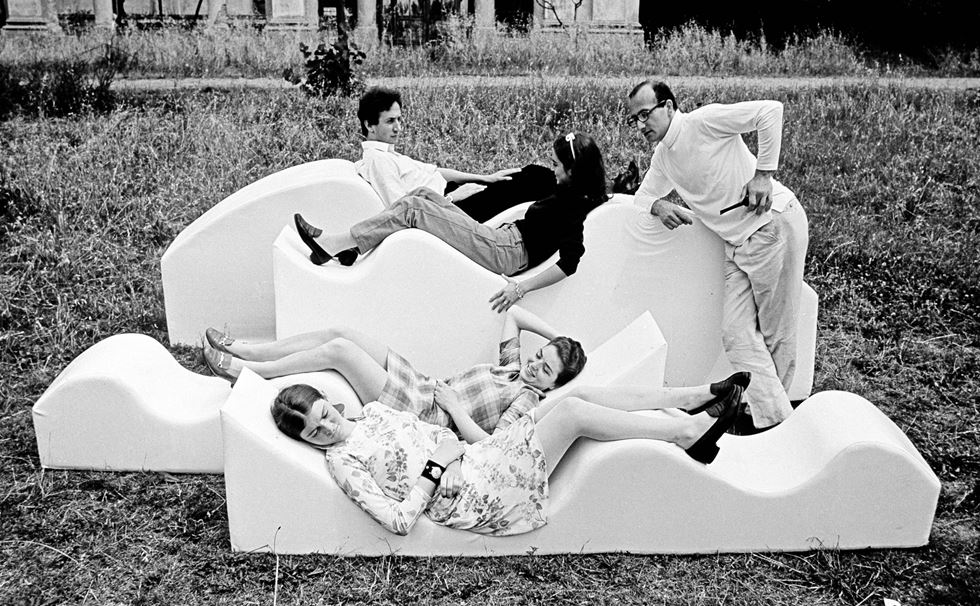
Superonda sofa
A sofa, a chaise-longue, and a sculptural piece in one piece of furniture. Credit | Courtesy archive Poltronova. Photo by Dario Bartolini.
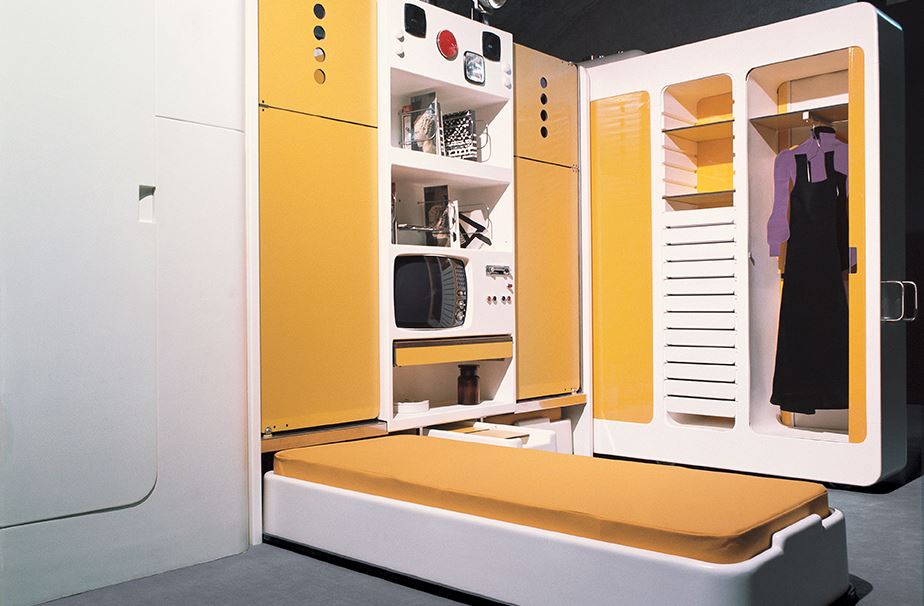
Joe Colombo, Total Furnishing Unit
All domestic functions in 28 square meters. Credit | Ignazia Favata / Studio Joe Colombo.
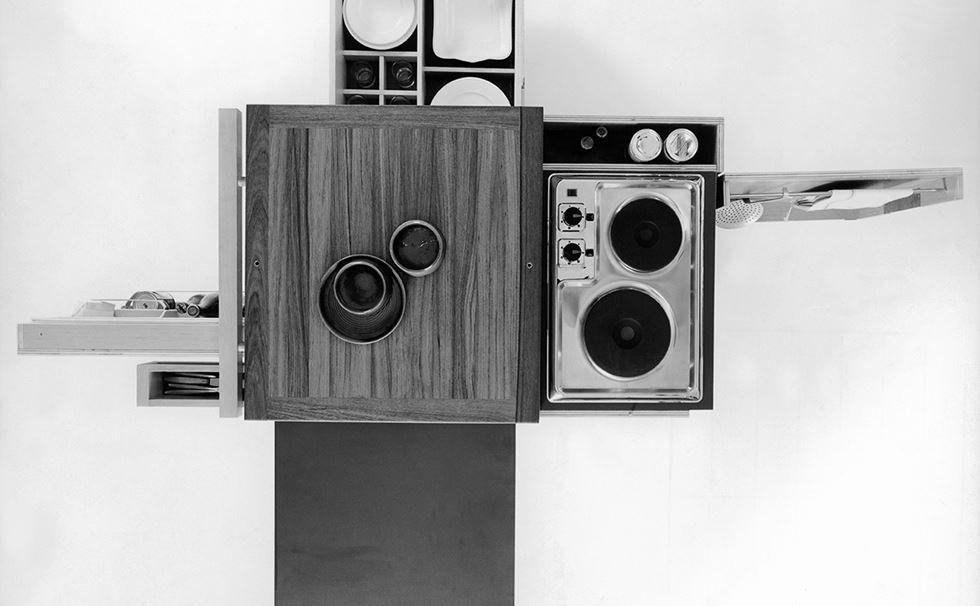
Joe Colombo, Mini Kitchen
A fully equipped, mobile kitchen in 1.5 cubic meters. Credit | Ignazia Favata / Studio Joe Colombo.
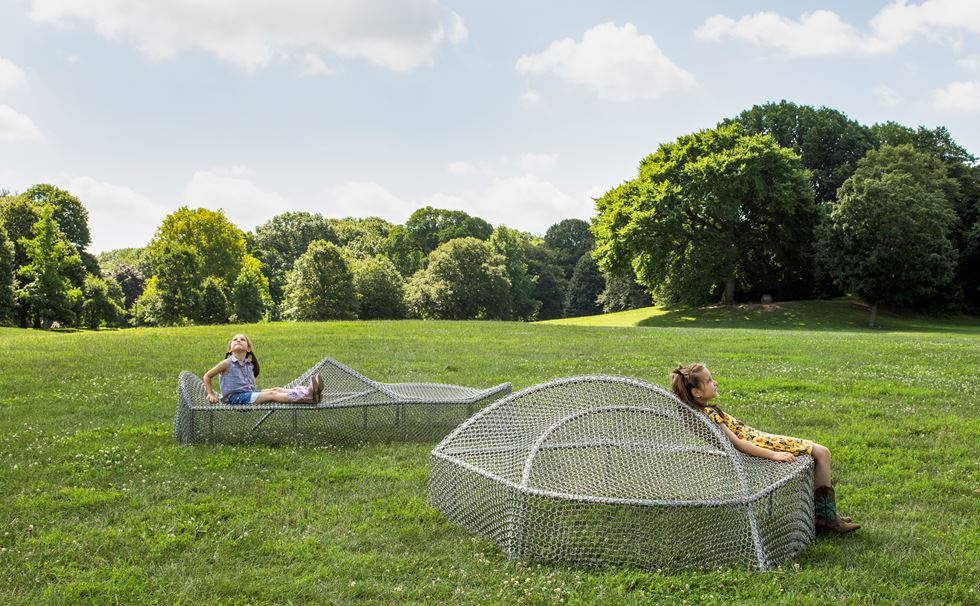
SO-Il – Frame 03
Industrial materials produce organic shapes of SO-IL’s Frame furniture. Credit | Courtesy of Friedman Benda and Florian Idenburg (SO – IL) / Daniel Kukla.



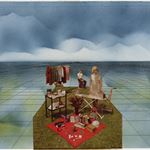

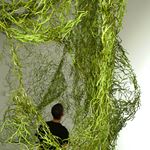


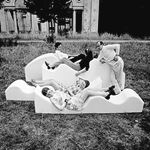
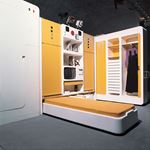
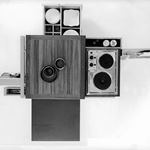
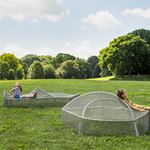
Background image | William Heath Robinson